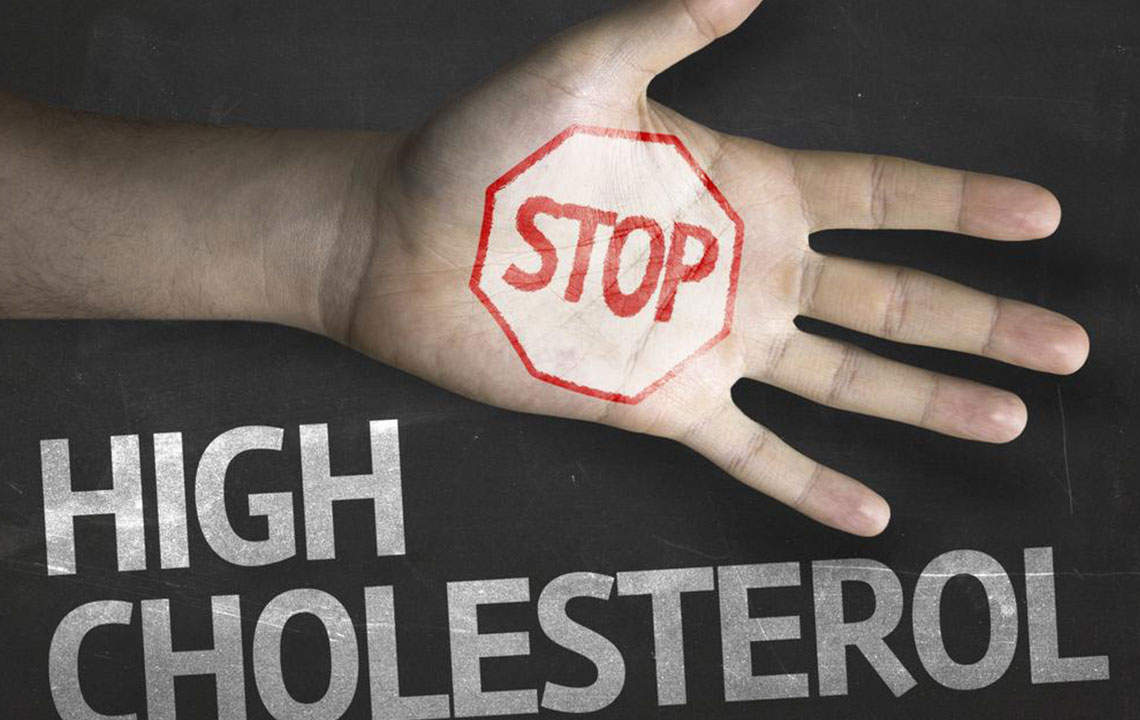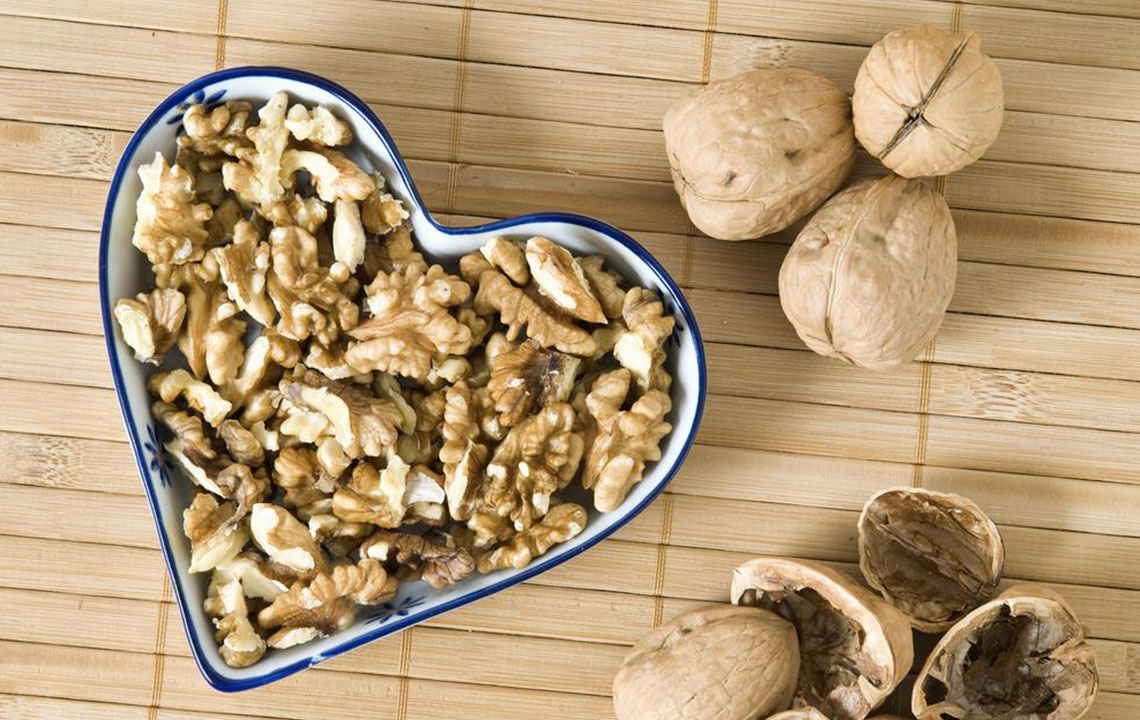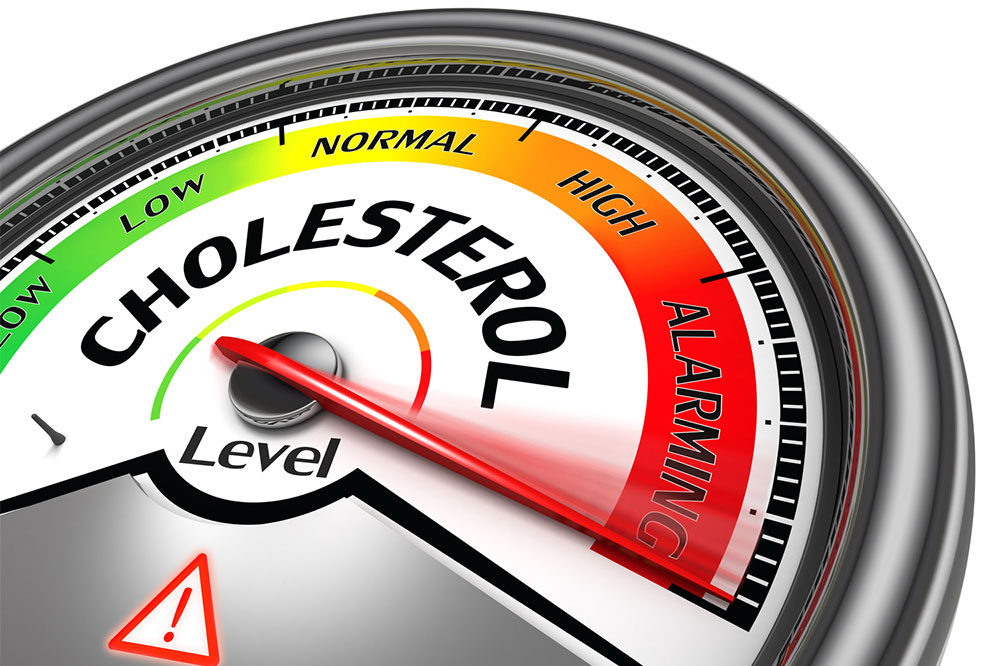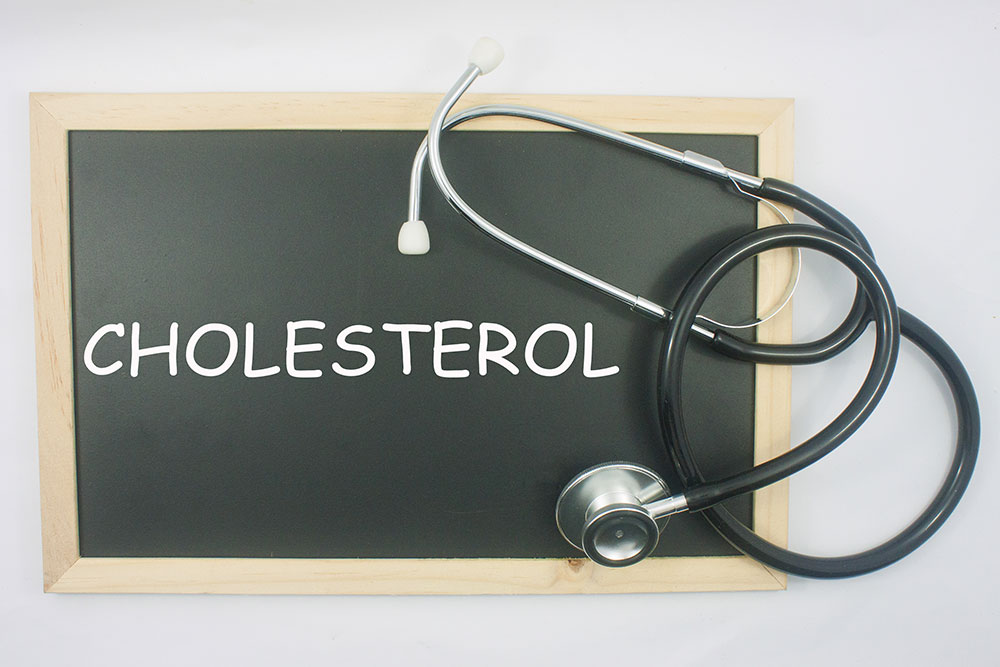A Comprehensive Guide to Maintaining Optimal Cholesterol Levels for Heart Health and Wellness
Learn about the significance of maintaining ideal cholesterol levels for preventing cardiovascular diseases. This comprehensive guide covers cholesterol types, target levels, lifestyle tips, and the importance of regular monitoring to support heart health and overall well-being.

Understanding the Importance of Optimal Cholesterol Levels for Heart Disease Prevention
Cholesterol is a waxy, fat-like substance that plays a vital role in building cell membranes, producing hormones, and aiding digestion. Naturally produced by the liver, cholesterol is also obtained through certain foods we consume daily. While cholesterol is essential for normal bodily functions, having too much of it—particularly the harmful types—can pose serious health risks. Excess cholesterol can lead to the formation of fatty deposits in the arteries, a condition known as atherosclerosis, which significantly increases the risk of heart attacks, strokes, and other cardiovascular problems.
Understanding how cholesterol functions within the body is crucial for maintaining good heart health. It is typically measured through a comprehensive blood panel that evaluates four key indicators: Total cholesterol, Low-Density Lipoprotein (LDL or 'bad' cholesterol), High-Density Lipoprotein (HDL or 'good' cholesterol), and triglycerides. These components together provide a clear picture of an individual’s cardiovascular risk profile, guiding clinicians and patients alike in making informed decisions about lifestyle, diet, and possible medical interventions.
Know your cholesterol numbers: Regular blood tests are essential to monitor your cholesterol levels and detect any abnormal elevations early.
Manage LDL and HDL levels effectively: Keeping LDL low and HDL high is vital to reducing arterial plaque buildup and promoting heart health.
Adopt a heart-healthy lifestyle: Proper diet, regular exercise, and avoiding harmful habits like smoking are crucial for maintaining optimal cholesterol balance.
Distinguishing between LDL and HDL cholesterol is fundamental. LDL, often called the 'bad' cholesterol, contributes to plaque formation on artery walls, leading to narrowed and hardened arteries that restrict blood flow. Conversely, HDL, known as the 'good' cholesterol, helps remove LDL cholesterol from the bloodstream by transporting it back to the liver for processing and elimination. Striking the right balance between these two types of cholesterol can significantly impact heart disease risk. For optimal cardiovascular health, aim for total cholesterol levels below 200 mg/dL, LDL levels under 100 mg/dL, HDL levels above 60 mg/dL, and triglycerides below 150 mg/dL.
Maintaining these targets requires a comprehensive approach that combines dietary choices, physical activity, weight management, and, if necessary, medication prescribed by healthcare professionals. Regular checkups are especially crucial for individuals with a family history of heart disease, diabetes, or other risk factors. Making informed lifestyle changes now can greatly reduce the likelihood of developing serious heart problems later in life, ensuring a longer, healthier life.





